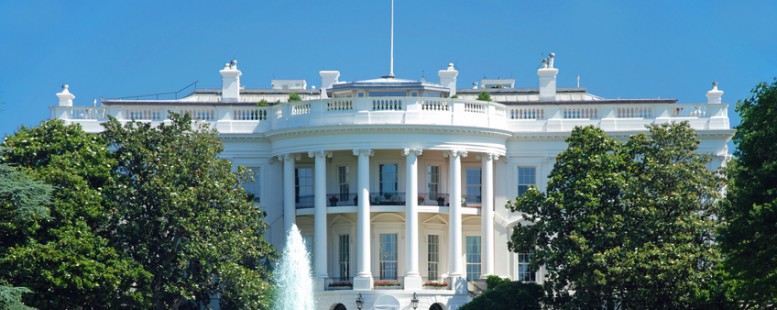Our Opinion: 2019
Preparing for Trump’s re-election

What can we expect if Donald Trump wins again in 2020? Here are three big changes that look likely.
In the summer, Donald Trump launched his campaign to win a second term as US president from 2020, with the slogan “Keep America Great”. The bookmakers are offering even money on his re-election, and that seems too pessimistic. The economy has performed well with Trump at the helm, with strong growth, record employment rates, rising real wages, and a bullish stock- market. Very few presidents have failed to be re-elected with that kind of backdrop.
At the same time, the Democrats are veering off to the left, with candidates competing with one another for who can come up with the most punishing tax increases. It is hard to believe the US is ready for that. Certainly, there may be an economic crash before the election next year. Or a major foreign-policy disaster. Or a sex scandal even worse than the ones we have already seen. Barring any of those, however, Trump looks likely to win. So what should investors and the markets expect from a second term?
Trump’s main achievement in his first term has been a radical simplification of a tax system that had grown more and more complex since Ronald Reagan last streamlined it three decades ago. The corporate rate was cut from 35% to 21%, while a range of personal taxes were reduced at the same time. And yet the corporate rate is still relatively high by global standards. The British rate is heading down to 17% and Ireland is down to 12.5%. Trump might well slash it again, with 15% an obvious target.
The top rate of personal tax at 37% may well be another target. So might the estates tax of 40%. For a long time, the US has had relatively high tax rates, especially once state levies are taken into account as well, along with a vast range of complex exemptions. Trump’s instincts will be to slash the headline rates and scrap the exemptions as well, just as he did with the corporate rate – and once he is re-elected he will have the power to do so.
Trump has devoted his first term to attacking China, imposing tariffs, and forcing the country to open up its markets to US goods. He has had a few successes, but nothing dramatic, and it is unlikely he will be able to squeeze any more concessions from Beijing. Europe will be a more tempting target for his second term. Tariffs of 10% are imposed on US cars imported into Europe, far higher than the tariffs on BMWs and Land Rovers sold into the US. The EU has failed to agree a trade deal with the US mainly because it is determined to keep out its agricultural products. It is engaged in a war with the US technology giants. That is a tempting target for a president determined to help US companies. A round of punitive tariffs would bring the EU to the negotiating table, and win some concessions. It probably won’t agree to liberalise its food market, but lower car tariffs and calling off the war on Amazon, Google and Apple look achievable.
Trump has already tried and failed to impose two of his allies on the central bank. He has been engaged in a war of words with its chairman, Jerome Powell. That will intensify during a second term. The result? A Fed that is committed to the president’s agenda. After Powell is sent packing, expect a Fed that keeps interest rates low, and steps into the market with more quantitative easing whenever it has to. Trump believes in expansionary monetary policy, and he judges his presidency on the strength of the Dow. He needs a compliant central bank to deliver both.
Trump may be chaotic and obnoxious, but his economic record is surprisingly good. His second term will almost certainly be even more pro-enterprise, and that may be good for the markets. But it will also be even more protectionist. Even so, there was a significant “Trump bump” on Wall Street when he was first elected. Don’t be surprised if there is an even bigger one if he is re-elected in the autumn next year.
12th November 201
